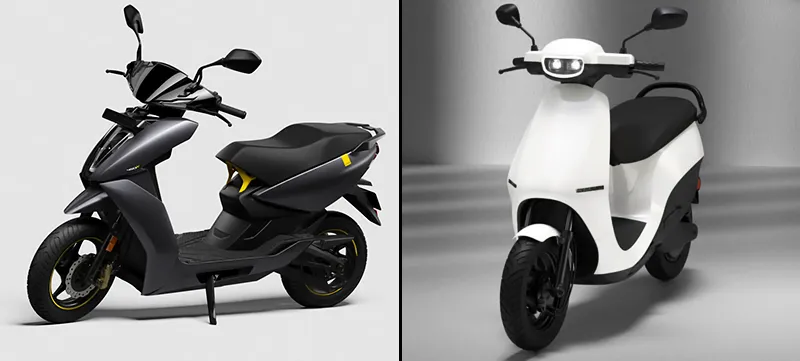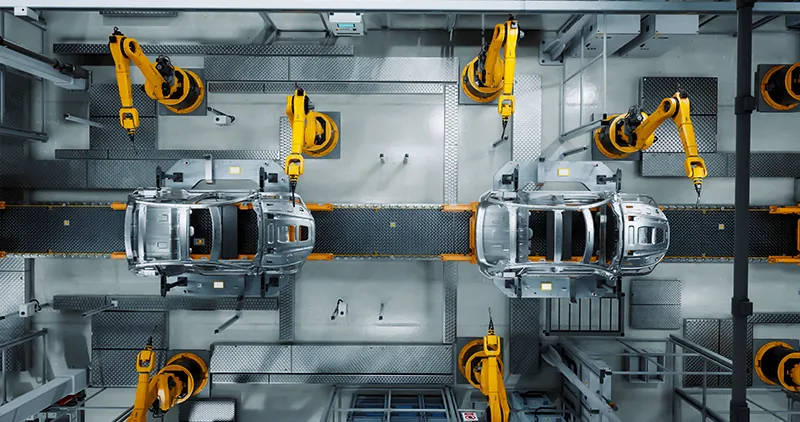Understanding life without subsidy for electric vehicles
Despite a surge in demand, the electric vehicle (EV) industry—marred by adverse global events—has failed to ramp up production and reduce the input cost of EVs.
In recent times, there is no denying that electric vehicles (EVs) have witnessed a significant rise in demand globally, more so in India. And, the surge in options for battery-powered vehicles is expected to grow further in the future.
While the majority of this demand is a result of extremely high fuel prices in the country over the last few months, a sizable chunk is driven by noteworthy subsidies and benefits offered on the purchase of EVs. But what will be the impact on the EV industry if these subsidies are withdrawn?
At present, the EV industry is enjoying the benefits showered by the governments—both at the centre and state levels. However, they are not meant to last forever, and sooner or later will be put out of the equation. EV manufacturers are reaping the benefits of the FAME II scheme since April 2019, and the benefits have been passed on to the consumers.
The FAME II scheme, approved by the Ministry of Heavy Industries, is slated to expire after March 2024, with no hints yet at an extension. The original date for the expiry of the scheme was March 2022, but the government decided to extend it to ease the burden on EV manufacturers caused due to COVID-19.
The question arises: will the Indian government continue to bankroll the Rs 10,000 crore scheme after March 2024? If not, how will it impact the EV industry once the benefits are pulled out?

What can be expected if EV subsidies are withdrawn?
Provision under the FAME II scheme
Let us first understand the provisions under the FAME II scheme and who is eligible for the benefits.
An electric two-wheeler is awarded a subsidy of Rs 15,000 for every kWh battery capacity for up to 40% of its total cost. For three-wheelers and passenger vehicles, the demarcated subsidy is Rs 10,000 per kWh. However, vehicles need to have a certain degree of localisation to avail of these benefits.
Evidently, this scheme has benefited two-wheeler consumers more. For instance, the two most popular EVs on sale today—the Ola S1 Pro and Ather 450X—cost Rs 1.4 lakh and Rs 1.5 lakh (ex-showroom), respectively. Now, if you consider the FAME II subsidy, the original prices of both scooters turn out to be around Rs 2 lakh—which is a large sum for an average consumer.
Therefore, it makes sense to offer larger battery packs that result in higher subsidies and offer a greater range on a single charge. At the same time, the incremental cost of vehicles, thanks to larger battery packs, is likely to create a dent in the demand, if and when FAME II norms are withdrawn.

Electric scooters like Ather 450X and Ola S1 Pro receive a subsidy of Rs 40,000-50,000 thanks to the FAME II scheme
EV manufacturers flouting FAME II norms
Noticeably, certain EV manufacturers are flouting the EV norms that require vehicles to possess a certain degree of localisation. Earlier last month, media reports revealed that the government has held back subsidy disbursals totalling more than Rs 1,000 crore for most of the year.
This development came a few weeks after the Ministry of Heavy Industries sent notices to a few electric two-wheeler brands, including top sellers like Hero Electric, Okinawa, and Ampere Vehicles, to check if the components they use are made in India or not. Some companies are accused of claiming government benefits without meeting the mandatory 50% local sourcing rule.
Future of EVs without subsidy
The original intention behind creating FAME I and FAME II schemes was to foster the holistic development of an EV ecosystem by driving demand through lowered prices. The schemes would also benefit the EV industry, where manufacturing scale and declining input costs would strengthen the industry on its merit.
However, despite a surge in demand, the costs of EVs have not dropped as expected. On the contrary, the production scale of EVs is marred by events like COVID, nationwide lockdowns, an international war, and a looming global economic meltdown.

EV production has been hampered by events like COVID, nationwide lockdowns and a looming global economic meltdown
While EVs are here to stay, ambiguity regarding their prices in the future is not promising for any industry looking to flourish on a wide scale. With range anxiety still a major concern for consumers, if subsidies are withdrawn, even a 100 km range electric scooter would be a far-fetched dream for the average middle-class buyer looking to make the transition to EVs.
Thus, unless the inception of newer technologies like low-cost, high energy-density batteries, stable and widespread fast-charging networks, and battery swapping stations are established across the country, the EV industry will find it difficult to attract mass consumers. For that to happen, the government needs to fuel research and development that will come up with such technologies.
Edited by Suman Singh







